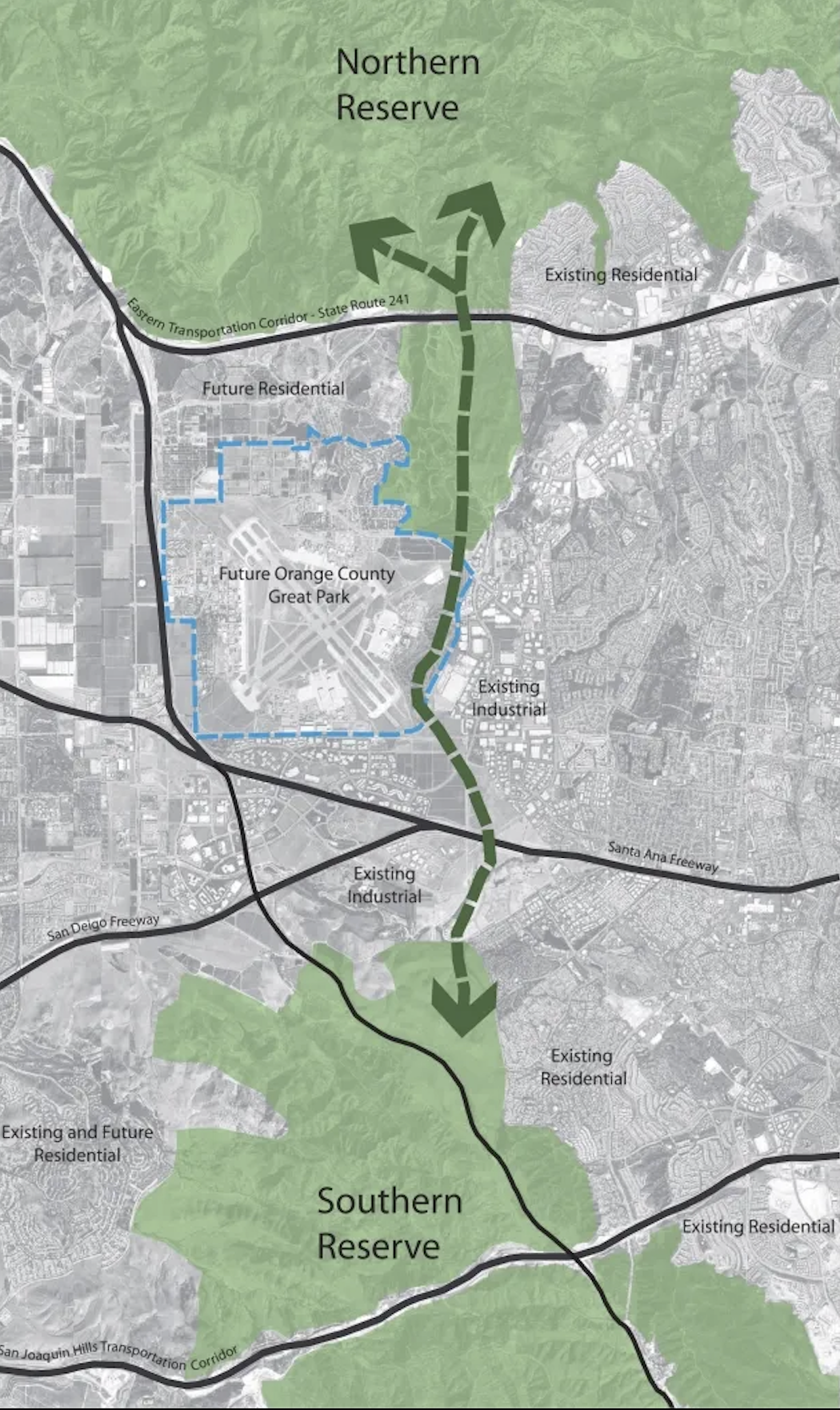Rewildin' the Wild Wild West: California
Local Rewilding Efforts
Written for OC Habitats blog
Photo by Melody Aminian, Bolsa Chica Ecological Reserve
What is rewilding and what does it look like in Southern California?
Rewilding is known to focus on reintroducing the natural way of life into the land, including returning native species back into their habitat. This process begins with reversing any damage humans have done in the past and educating on how to conserve what is present.
Rewilding vs. Restoration
How is rewilding different from habitat restoration? Interim Deputy Director of the Laguna Canyon Foundation (LCF), Alan Kaufmann explains,
“Habitat restoration is the process of reintroducing native plants (i.e., those that evolved there) to a degraded area in a way that recreates the structures and functions of the ecosystem that were present before they were degraded.It focuses on providing the necessities of life (i.e., food, water, shelter, etc.) for the species of wildlife that are native to the area. This can be focused on one species of concern or it can be implemented to provide benefits to multiple species.
Habitat restoration is a tool that can be used to promote rewilding, but typically rewilding is focused on preserving large core areas free of human dominance (e.g., no roads), providing corridors between these core areas for keystone species like large predators to be able to move between them, and reintroducing those keystone species where needed.”
The Nature Conservancy (TNC) reminds us that the rewilding of the Sierra Nevada mountains is vital to the overall health of our forests and diversity of life.
Climate change and other factors have greatly affected the current Southern California landscape. Fires have increased in frequency and intensity. Severe droughts have dried up our food resources. Pollution of many kinds has contaminated the air we breathe, the ocean we swim in and the home of our native flora and fauna (California: Land of Promise, n.d.).
How has rewilding helped Californian wildlife and what are the experts saying?
Citizens for Los Angeles Wildlife (CLAW) and Re:wild are just a couple of volunteer groups who have taken it upon themselves to protect the future of the Western landscape.
Rewilding as a restoration strategy has been adopted by many environmental organizations. Re:wild’s Senior Manager of Conservation Partnerships, Mary Brown states:
“By rewilding the ecosystems of the Santa Monica Mountains, we are helping not only ensure Los Angeles residents are able to continue to enjoy the wild so close to home but also supporting one of the planet’s few remaining biodiversity hotspots (Rewilding California: Largest-Ever Restoration Project in the Santa Monica Mountains Surpasses Planting Goal of 100,000 Native Plants, 2023).”
The team’s dedication has contributed to restoring the special biodiverse ecosystem of California.
Photo by Tim Mossholder, Santa Maria, CA
River Partners’s John Cain, the Senior Director, puts into words, “It’s [Central Valley] a more resilient landscape that supports a greater diversity of life (Hewitt, 2024).” With their community of supporters, extreme climates can be slower reversed in the surrounding river areas. River Partners aims to reforest riverways to moderate the weather, plant native vegetation allowing for water security and green spaces for all including critical species like pollinators.
The Federal Central Valley Project (CVP) has focused their efforts on utilizing land once stricken with drought to farm has saved 2.43 trillion gallons of water with the Multi-Benefit Land Repurposing Program. The CVP returns quality water for fish and wildlife survival with its major dams and reservoirs. The positive outcomes can be seen in re-emerging Dos Rios ecosystems hosting plenty of salmon, brush rabbits and birds on the Pacific Flyway (Moore, 2022).
Photo by Melody Aminian, Bolsa Chica Ecological Reserve
“The Greenbelt is an island, and we must reconnect it to the Cleveland National Forest if our wildlife is to stay healthy into the future (charles, 2025).”






